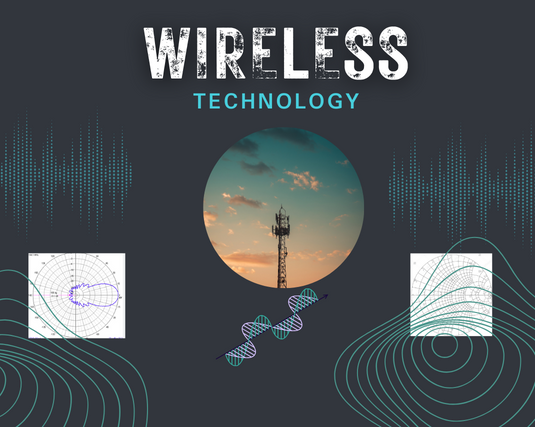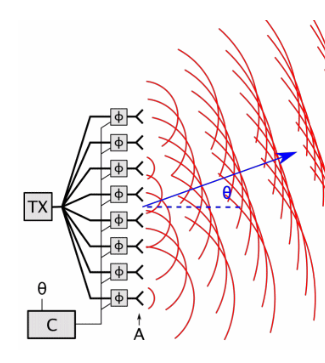
- Details
- Category: Patent Analysis
3GPP IPR (Intellectual Property Rights) declarations are formal statements made by participants in the European Telecommunications Standards Institute (ETSI), Alliance for Telecommunications Industry Solutions (ATIS), etc. These declarations are made by companies or individuals who claim to hold intellectual property rights, specifically patents or patent applications, which are essential to the implementation of 3GPP standards. 3GPP organization partners require participants in the standards development process to declare these essential IPRs as a way to manage and mitigate potential patent-related conflicts and to ensure that all relevant technologies incorporated into the standards can be accessed by users under Fair, Reasonable, and Non-Discriminatory (FRAND) terms.
Key Points of IPR Declarations:
-
Declaration of Essentiality: Patent holders declare that they hold patents which are essential to a 3GPP standard. This does not mean that the patents have been independently verified as essential; it is based solely on the patent holder's claim.
-
Licensing Commitment: By making an IPR declaration, the patent holder typically commits to license their essential patents on FRAND terms, although the specific licensing terms are usually negotiated separately.
You can find the ETSI IPR policy here: https://www.etsi.org/intellectual-property-rights
You can find the ATIS IPR policy here: https://atis.org/policy/patent-policy/
Here is the ETSI IPR declarations database: http://ipr.etsi.org.
Caveats to Keep in Mind When Searching the ETSI Declarations Database:
-
Self-Declared Essentiality: The essentiality of patents is declared by the patent holder and is not independently verified by ETSI. Therefore, users of the database should be aware that a declaration does not guarantee that a patent is actually essential to a standard.
-
Inclusivity of Database: Not all essential patents may be declared in the ETSI database. Some patent holders might choose not to declare their patents, or there may be patents that are essential but unknown to their holders.
-
Accuracy and Updates: The ETSI declarations database depends on the information provided by the patent holders. It can sometimes be outdated or incomplete if patent holders do not promptly update their information following changes in patent ownership or status.
-
Legal and Licensing Implications: Declarations do not provide detailed information about licensing terms, which need to be negotiated separately. Users must contact patent holders to discuss licensing.
-
Broad and Multiple Declarations: Some companies may declare entire patent families or a large number of patents as essential to cover various aspects of a standard, which can make it challenging to determine the specific patents that are truly essential.
-
Geographical Coverage: The relevance of the declared patents can vary by country, as patent protection is territorial. Thus, a patent declared as essential in the ETSI context might not be registered or enforceable in every jurisdiction.
- Declarants' legal identity: When searching for declarations for a known company, keep in mind that patents might be declared under an affiliated business entity such as, a licensing or IP holding entity affiliated with the company, subsidiaries in different countries, etc. E.g., Vodafone IP Licensing Limited, Vodafone Libertel BV, Vodafone Ltd, etc.

- Details
- Category: Patent Analysis
As a patent firm with a rich background in engineering, Kama Thuo, PLLC specializes in the nuanced analysis and optimization of patent portfolios covering a range of technologies, including analog and RF circuits, radio front-end modules, and wireless infrastructure equipment. By combining in-depth legal knowledge with hands-on technical experience, Kama Thuo can provide targeted prosecution and strategic transaction advice. This ensures robust protection and effective management of your intellectual property in the competitive wireless sector.

- Details
- Category: Patent Analysis
Patent analysis of antennas is a crucial aspect of IP management in wireless communication technologies. Patent attorneys specialized in antennas, encounter a diverse array of antenna designs, each with unique configurations and applications. This includes dipole antennas, widely used for their simplicity and effectiveness; patch antennas, which are favored in mobile devices due to their compact size; Yagi-Uda antennas, known for their directional capabilities and common use in fixed wireless access applications; and phased array antennas, which are essential in radar systems and increasingly vital in modern telecommunications, particularly for 5G networks.
Antenna patents are largely classified under CPC H01Q defined as below:
- The H01Q subclass covers:
- in addition to the primary active radiating elements,
- secondary devices for absorbing or for modifying the direction or polarization of waves radiated from antennas, and
- combinations with auxiliary devices such as earthing switches, lead-in devices, and lightning protectors;
- both transmitting and receiving antennas.
- in addition to the primary active radiating elements,
- The H01Q subclass does not cover devices of the waveguide type, such as resonators or lines, not designed as radiating elements, which are covered by subclass H01P.
Note that H01Q covers both transmitting and receiving antennas - "active radiating element" includes corresponding parts of a receiving antenna which is, strictly-speaking, not "radiating."
Analyzing these patents involves assessing patent claims, evaluating the scope of technology protection, and understanding the innovation's potential market impact, ensuring that clients can secure and defend their technological advancements effectively.